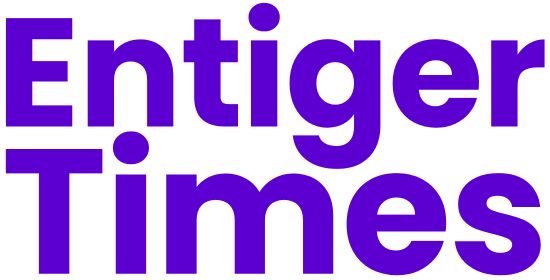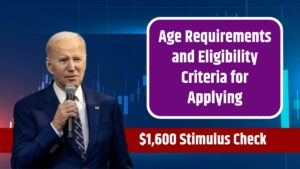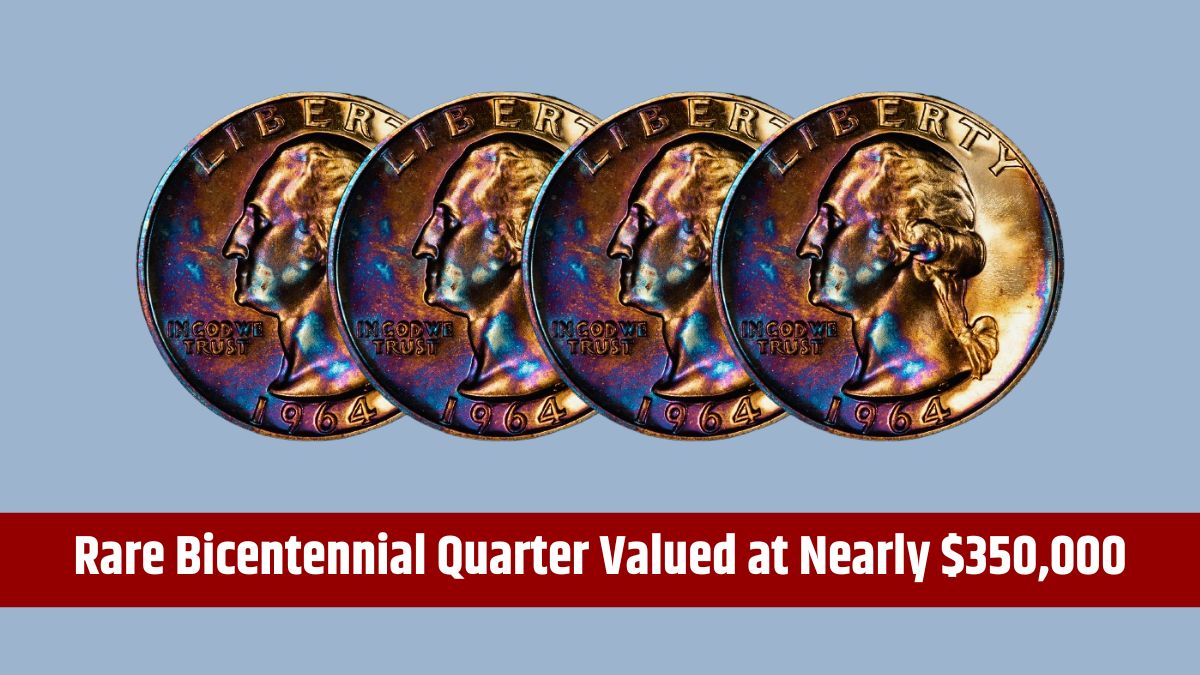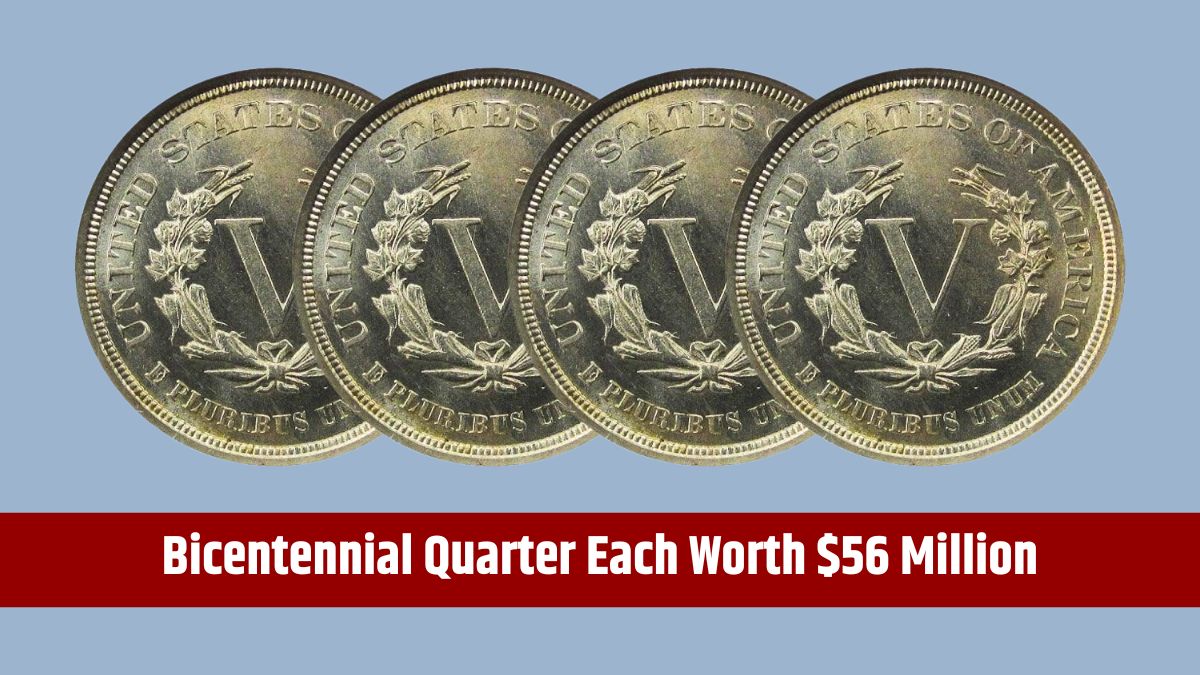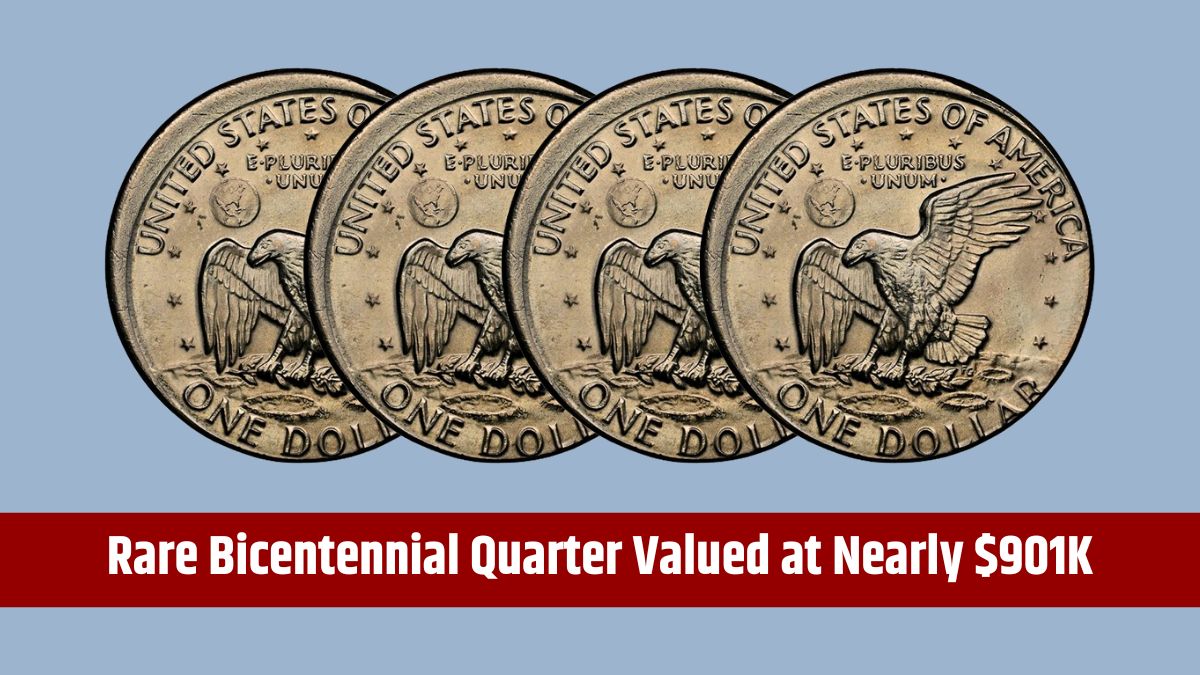California residents receiving food assistance might be familiar with both SNAP (known as CalFresh in the state) and SUN Bucks. These programs serve different purposes but share a common goal: alleviating food insecurity among low-income households and children. Knowing the differences between these programs can help you maximize the benefits available to you and your family.
Contents
- 1 SNAP Overview
- 2 Eligibility
- 3 Benefit Distribution
- 4 SUN Bucks Overview
- 5 Eligibility
- 6 Benefit Distribution
- 7 SNAP Paydays vs. SUN Bucks Distribution
- 8 Maximizing Benefits
- 8.1 FAQs
- 8.2 What is the primary purpose of SNAP in California?
- 8.3 Social Security Maximum Benefit for Full Retirement Age Workers – Changes Following the 2025 COLA Increase
- 8.4 How much does each child receive through SUN Bucks?
- 8.5 When do SUN Bucks get distributed?
- 8.6 Can families receive both SNAP and SUN Bucks?
- 8.7 What are the SNAP income limits for a household of one?
SNAP Overview
SNAP, or CalFresh in California, is a year-round food assistance program for low-income individuals and families. It provides monthly benefits that can be used to purchase groceries, helping to ensure that households can meet their nutritional needs. The amount you receive through SNAP depends on your household size, income, and specific circumstances, such as whether you have elderly or disabled members in your household.
Eligibility
To qualify for SNAP in California, households must meet certain income requirements. Generally, your gross monthly income must be at or below 200% of the federal poverty level (FPL). For a single-person household, this means earning $2,430 or less per month. For each additional household member, you can add $858 to this limit.
Households with an elderly or disabled member might only need to meet the net income limit of 100% FPL, which is calculated after specific deductions. Notably, California does not impose an asset limit for SNAP eligibility, except in cases where households are above the gross income limit but include elderly or disabled members.
Benefit Distribution
SNAP benefits are loaded monthly onto an Electronic Benefit Transfer (EBT) card, which works like a debit card. You can use it to purchase eligible food items at participating stores, helping to stretch your food budget further throughout the year.
SUN Bucks Overview
SUN Bucks, on the other hand, is a seasonal program designed to address the food needs of school-aged children during the summer months when they might not have access to school-provided meals. Unlike SNAP, which offers continuous support, SUN Bucks is specifically tailored to fill the gap during the summer, providing families with additional resources to ensure their children are well-fed when school is out.
Eligibility
Many children automatically qualify for SUN Bucks if their household already receives SNAP, Temporary Assistance for Needy Families (TANF), the Food Distribution Program on Indian Reservations (FDPIR), or Medi-Cal, or if they qualify for free or reduced-price school meals. However, families not receiving these benefits may need to apply for SUN Bucks through school meal applications or an Alternative Income Form.
Benefit Distribution
SUN Bucks provides a standard benefit of $120 per eligible child, issued once per summer. These benefits are distributed via a SUN Bucks EBT card, which is mailed out to eligible families. The timing of these payments depends on the child’s last name. For instance, children with last names starting with A-D may have received their cards in June, while those with last names starting with M-Z might receive theirs as late as August.
SNAP Paydays vs. SUN Bucks Distribution
In August, many California residents have already received their SNAP payments, which typically occur from the 1st to the 10th of each month. However, some families may still be awaiting their SUN Bucks, particularly if they fall into the later stages of the payment schedule.
Key Differences
- Purpose: SNAP provides ongoing grocery assistance year-round, while SUN Bucks focuses on bridging the summer food gap for school-aged children.
- Eligibility: SNAP has broader eligibility criteria based on household income and size, while SUN Bucks is targeted at children who qualify for certain benefits or school meal programs.
- Benefit Amount: SNAP benefits vary based on need, while SUN Bucks offers a flat $120 per child.
- Distribution: SNAP benefits are distributed monthly, whereas SUN Bucks are distributed once per summer, often in stages based on the child’s last name.
Maximizing Benefits
If you’re eligible for both programs, it’s advisable to use SUN Bucks before tapping into your SNAP or CalFresh benefits. This strategy ensures that you maximize the available resources to cover your family’s food needs throughout the summer and beyond.
Whether you’re managing your monthly budget with SNAP or planning for summer meals with SUN Bucks, knowing these programs’ unique roles and timing can help you make the most of the assistance available to you.
FAQs
What is the primary purpose of SNAP in California?
To provide year-round food assistance to low-income households.
How much does each child receive through SUN Bucks?
$120 per eligible child for the summer.
When do SUN Bucks get distributed?
Between June and August, based on the child’s last name.
Can families receive both SNAP and SUN Bucks?
Yes, children can qualify for both programs simultaneously.
What are the SNAP income limits for a household of one?
Gross monthly income must be at or below $2,430.
